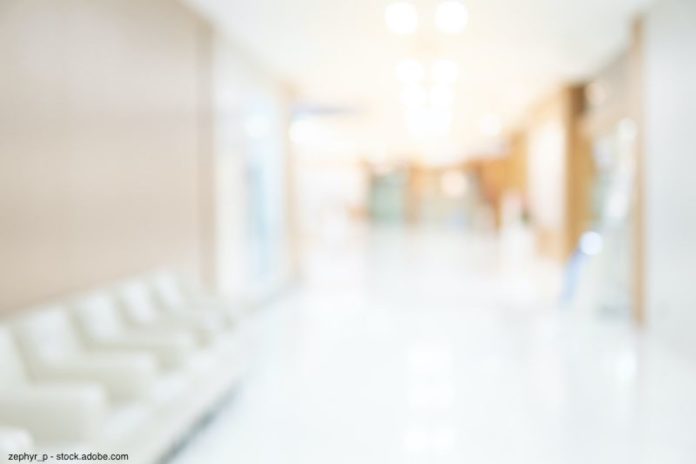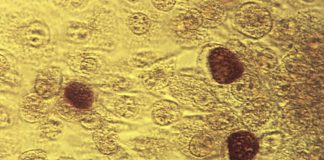
A recent qualitative study with transgender and gender-diverse participants yielded several insights related to genitourinary health issues.
“Many transgender and nonbinary people are on gender-affirming hormonal therapy, yet we don’t have a really clear picture of how gender-affirming hormonal therapy affects the genitourinary system. So our goal is to understand the lived experiences of people on gender-affirming hormonal therapy, as it relates to their urinary and sexual health,” said first author Paige De Rosa, MD, urology resident at the University of Iowa, Iowa City. The study was presented at the North Central Section of the American Urological Association Annual Meeting in Chicago, Illinois.
De Rosa and medical anthropologist Ana-Monica Racila, PhD, conducted semi-structured virtual interviews with 23 participants; questions covered demographics, sexual health, bathroom habits, urinary health, and reproductive health. Participant age ranged from 18 to 61 years. “Participants identified their gender using terms including nonbinary, male, transgender woman, transfemme, and transgender male. [Seven] participants were assigned male at birth and 16 were assigned female at birth,” wrote the authors.
De Rosa said one of the key findings from the interviews was the changing bathroom habits of the interviewees, “specifically holding urine until a single stall or gender neutral stall becomes available.”
“Many transfeminine people describe sitting to urinate. Some folks found that to be a gender-affirming practice, and some people felt compelled to do so by social pressures, to conform to gender norms, both for safety and just to blend in. And then notably, some transfeminine folks reported a sensation of incomplete bladder emptying when they were sitting to urinate,” De Rosa added.
De Rosa said many transfeminine participants reported increased urinary frequency when taking spironolactone. In addition, transmasculine interviewees reported pungent urine, increased sweat production, and increased perineal hair growth after starting testosterone treatment.
Participants also discussed changes in libido and their experience of orgasm, with some transfeminine interviewees reporting “an overall increase in their sensitivity to non-genital touch, as well as slower building orgasms,” De Rosa said. In addition, transmasculine participants starting testosterone noted an erotic sensation that was more localized to the genitals and an increase in their libido.
“What really was interesting to hear about was not just the physical changes that people were going through on gender-affirming hormones, but [also] how that affected them when they had lived experiences of dealing with pyelonephritis, nephrolithiasis, [urinary tract infections] […] itleads to consequences in your health… We know that people hold urine but not as much about the prevalence of urinary tract infections and young people developing pyelonephritis from holding urine all day at school, and what that feels like to them,” De Rosa said.
In their abstract’s conclusion, the investigators wrote about the goal to improve patient-provider communication.
“What we hope is that our work helps the practicing urologist become familiar with some of the common GU concerns of transgender and gender-expansive people. We want urologists to recognize the need to lower barriers to accessing gender-affirming health care. I think urologists are well poised to do that,” De Rosa told Urology Times®.
Specific steps urologists can take in their practice, said De Rosa, include having gender-neutral bathrooms in the office, using gender-neutral patient forms, displaying lesbian, gay, bisexual, transgender, queer, intersex, and asexual (LGBTQIA) pride flags, and training all office staff on LGBTQIA-inclusive health care practices.
Reference
1. De Rosa P, Racila A-M, Pearlman A. A qualitative study investigating transgender and gender diverse participant perspectives on gender affirming hormone therapy and the genitourinary system. Presented at: North Central Section of the AUA Annual Meeting, August 28-31, 2022, Chicago, Illinois. Abstract 14








